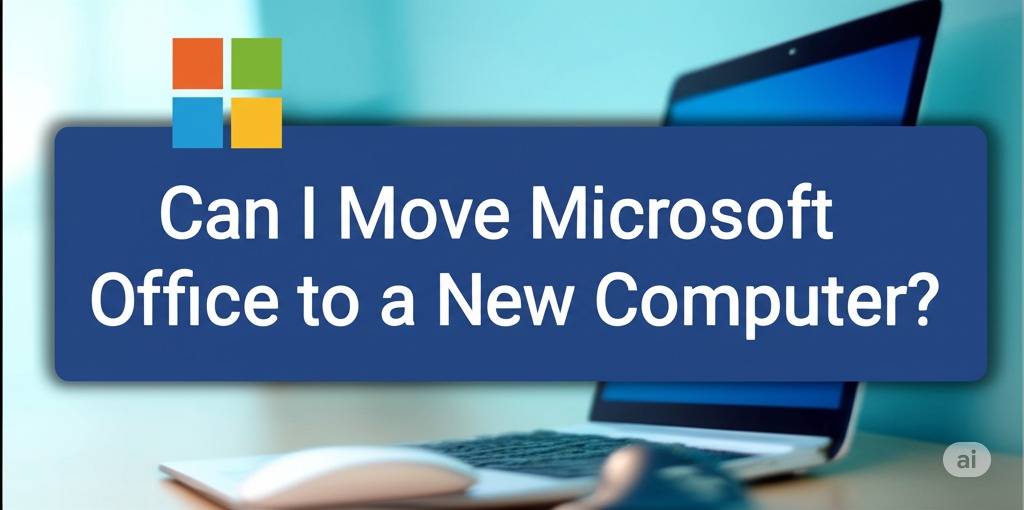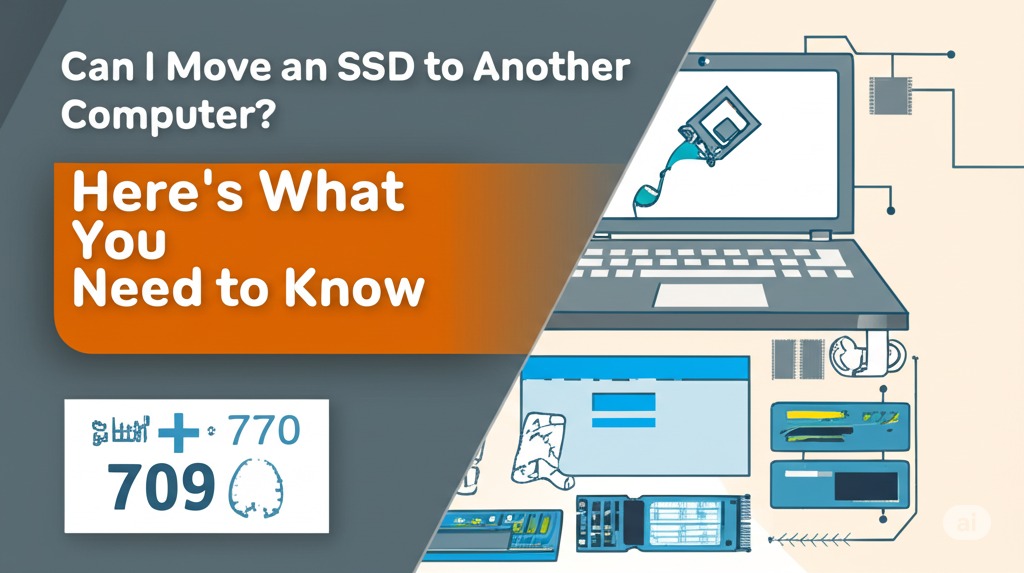Introduction
When shopping for a new computer, you’ll likely come across all-in-one (AIO) computers—sleek, space-saving machines that integrate all components into a single unit. But are they a good choice for you? Do AIO computers offer the power, flexibility, and value you need? In this guide, we’ll explore the pros and cons of all-in-one computers to help you make an informed decision.
What is an All-in-One Computer?
An all-in-one computer combines the monitor and computer components into one streamlined unit. Unlike traditional desktop setups that have a separate tower, AIO computers minimize clutter and simplify setup. Popular examples include the Apple iMac, Dell Inspiron AIO, and HP Pavilion AIO.
Advantages of All-in-One Computers
1. Space-Saving Design
One of the biggest selling points of AIO computers is their compact and stylish design. With fewer cables and no bulky tower, they are ideal for small desks, home offices, and minimalist setups.
2. Easy Setup
Setting up an AIO computer is as simple as plugging in the power cord and connecting a keyboard and mouse. There’s no need to assemble multiple components, making it a great choice for non-tech-savvy users.
3. Touchscreen Capabilities
Many AIO models come with touchscreen functionality, which can be beneficial for graphic designers, artists, and casual users who prefer an intuitive interface.
4. Energy Efficiency
AIO computers tend to consume less power compared to traditional desktops, as they use laptop-grade components, resulting in reduced electricity costs over time.
5. Aesthetically Pleasing
With sleek, modern designs, AIO computers fit well in office environments, home spaces, and creative studios. They eliminate cable clutter and contribute to a clean workspace.
Disadvantages of All-in-One Computers
1. Limited Upgradeability
Unlike traditional desktops, AIO computers have limited upgrade options. Most components, such as the CPU and GPU, are integrated into the system, making it difficult or impossible to upgrade them later.
2. Performance Limitations
Since AIOs use mobile-grade hardware, they may not perform as well as high-end desktops. They are great for basic tasks, multimedia, and light creative work, but not ideal for hardcore gaming or professional video editing.
3. Higher Cost Compared to Specs
For the same price, a traditional desktop often offers better performance and upgrade potential. You’re paying for the convenience and design of an AIO rather than raw power.
4. Repair and Replacement Challenges
If one component fails (e.g., the screen or motherboard), repairing an AIO can be expensive and sometimes not even possible. Unlike desktops, where you can easily swap out parts, an AIO often requires specialized repairs.
5. Limited Port Selection
Most AIO computers have fewer USB ports and expansion options compared to desktops, which can be a drawback for users who need multiple external devices.
Who Should Buy an All-in-One Computer?
Ideal for:
✔️ Home users who need a simple, clutter-free setup for web browsing, office work, and media consumption.
✔️ Professionals working in graphic design, content creation, and business environments who prefer a stylish and space-efficient workstation.
✔️ Students who need a versatile, compact, and easy-to-use computer for schoolwork and entertainment.
Not Ideal for:
❌ Gamers who require high-performance GPUs and upgradeable components.
❌ Tech enthusiasts who enjoy customizing and upgrading their systems over time.
❌ Professionals who need heavy-duty computing power for 3D rendering, video editing, or software development.
Conclusion: Are All-in-One Computers Worth It?
All-in-one computers offer a modern, space-saving, and user-friendly experience, making them a great choice for many users. However, they come with upgrade limitations, performance trade-offs, and repair challenges. If you value aesthetics and simplicity over raw power and flexibility, an AIO might be the perfect fit for you.
Thinking about buying an AIO computer? Consider your needs, compare models, and choose wisely!

Caleb Carlson is a contributing writer at Computer Site Engineering, specializing in computer technology, software trends, and hardware innovations. His articles simplify complex tech topics, making them accessible to readers of all levels.





